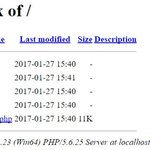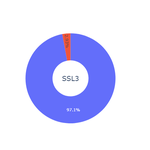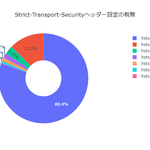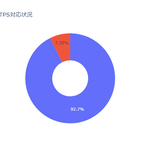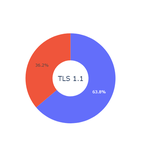Phishing Site Imitation Techniques and Countermeasures: Identifying Domain Fraud and Enhancing Security
Oct. 30, 2024
Discover effective strategies to counter phishing sites, cybersquatting, and typosquatting. Learn how to identify domain fraud, implement bot and scraping countermeasures, and strengthen your security with WAF and Cloudflare.
- 1. Phishing Site Tactics and the Risks of Cybersquatting
- 2. Levels of Phishing Site Imitation: Perfect vs. Imperfect Replication
- 3. Cybersquatting vs. Typosquatting: Differences and Countermeasures
- 4. The Key Role of Bot and Scraping Countermeasures
- 5. Strengthening Phishing Countermeasures with Cloudflare and WAF
- 6. Outpacing Imitation Speed and Making Imitation Economically Unfeasible
Table of Contents
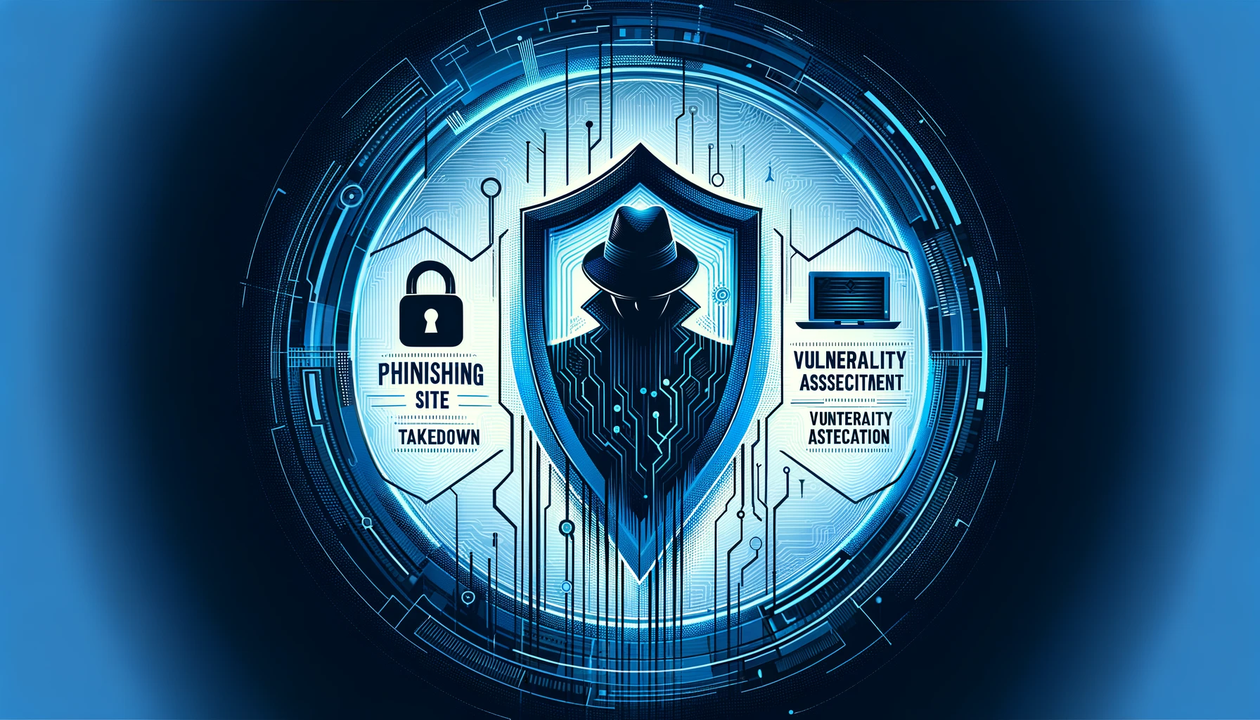
Image: A phishing site targeting domestic financial institutions, showcasing a hybrid approach of cybersquatting and typosquatting. It functioned as a stepping stone to another phishing site. Our phishing site takedown service successfully neutralized it completely (see case study).
1. Phishing Site Tactics and the Risks of Cybersquatting
Phishing sites often mimic the appearance of legitimate websites, with varying degrees of accuracy. While some replicate every detail perfectly, others only imitate the general look and feel. The primary goal of phishing sites is to trick users into providing personal information, such as credit card details or login credentials. This is achieved by redirecting users from the imitation site to a “target site,” where the actual theft occurs. Depending on the justification provided, even loosely mimicked sites can serve their purpose.
2. Levels of Phishing Site Imitation: Perfect vs. Imperfect Replication
The most problematic cases are those where phishing sites perfectly replicate legitimate ones, including the use of plausible domain names. While phishing sites may appear flawless visually, they often employ domains unrelated to the legitimate site or lack HTTPS certification, making technical identification easier. Basic tips for identifying phishing sites include checking for HTTPS and verifying the domain name.
3. Cybersquatting vs. Typosquatting: Differences and Countermeasures
3.1 What is Cybersquatting?
Cybersquatting involves creating domains or websites resembling legitimate brands to mislead users. These sites might not directly steal personal information but engage in harmful activities such as spreading misinformation or earning advertising revenue. This practice can damage the brand's reputation, making it a serious concern.
3.2 What is Typosquatting?
Typosquatting exploits user typos to lead them to fake sites. For instance, “google.com” might become “gooogle.com,” or “amazon.co.jp” might appear as “amzon.co.jp.” If users mistakenly access these sites and bookmark them, they may continue to use the fake site, mistaking it for the legitimate one. We recommend periodically reviewing your bookmarks to avoid this risk.
4. The Key Role of Bot and Scraping Countermeasures
As mentioned, phishing sites become more dangerous when their visual and domain imitation levels are high. Cybersquatting and typosquatting techniques enhance this mimicry. While differences in design may be evident to users familiar with the original site, first-time visitors lack reference points to discern fraudulent sites. Even repeat visitors might mistakenly believe changes in appearance are updates to the legitimate site, increasing the likelihood of falling victim.
5. Strengthening Phishing Countermeasures with Cloudflare and WAF
To prevent the creation of high-fidelity phishing sites, organizations can limit access to the legitimate site’s design data through anti-scraping and bot protection measures.
Many threat actors rely on automated scraping to obtain HTML, CSS, and JavaScript resources from legitimate sites. By implementing scraping countermeasures, rate limits, or frequent resource updates, organizations can disrupt automated attempts, forcing attackers to rely on manual methods, which become impractical for large sites.
Dynamic resource generation and frequent updates can further invalidate attackers’ efforts. At ImprovedMove, we recommend deploying Cloudflare for its Bot Fight Mode and WAF features. Open-source solutions like ModSecurity can also be effective alternatives.
6. Outpacing Imitation Speed and Making Imitation Economically Unfeasible
The effectiveness of bot and scraping countermeasures is especially pronounced for large websites. The core of this strategy lies in surpassing the speed of imitation, making replication unfeasible. For smaller sites with fewer pages, manual replication is easier. However, even small sites can implement frequent updates to disrupt attackers.
The essence of this approach is similar to RSA encryption, which relies on the computational impracticality of factoring large numbers. By making imitation economically unrealistic, legitimate sites can deter attackers effectively.



